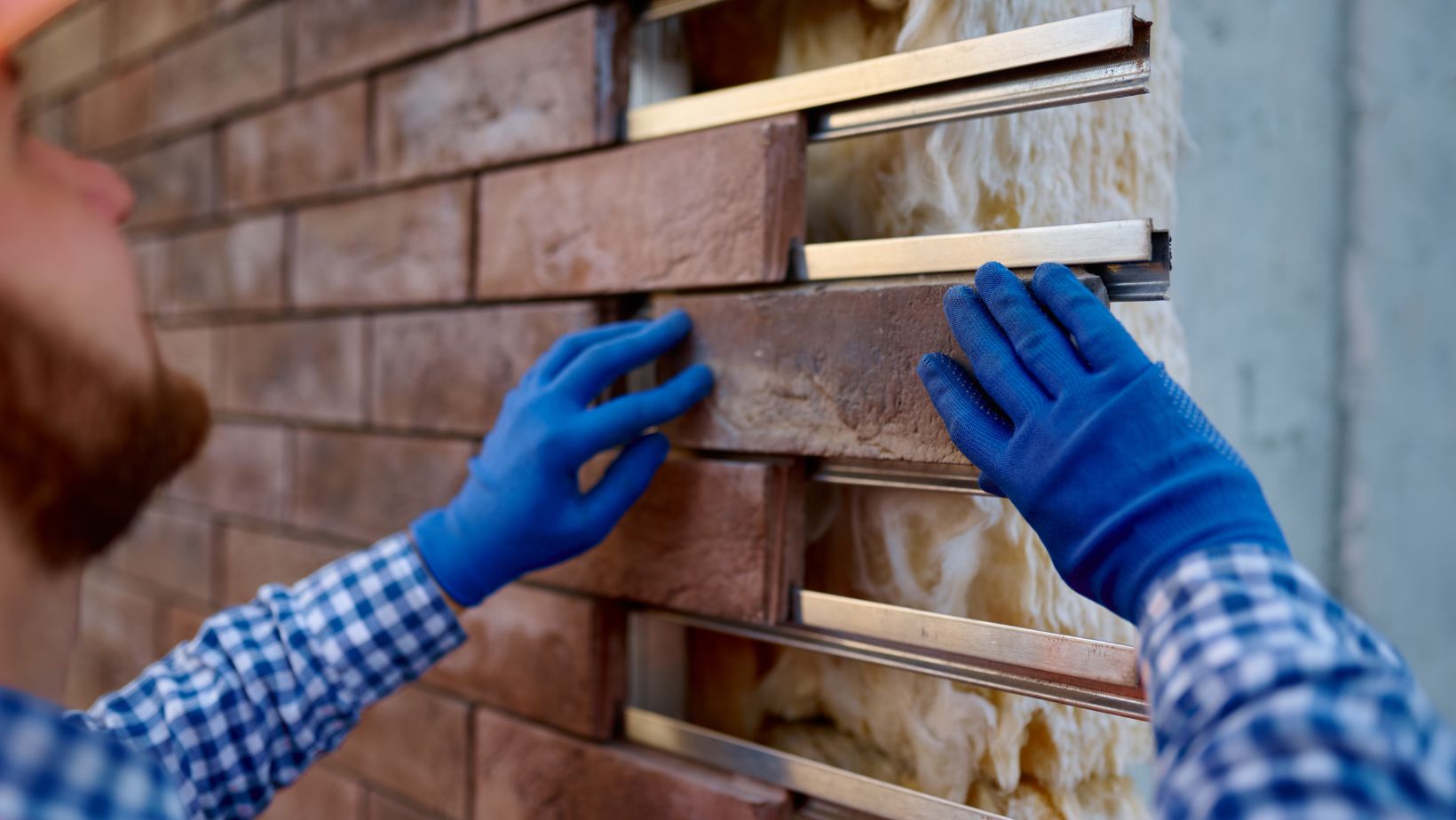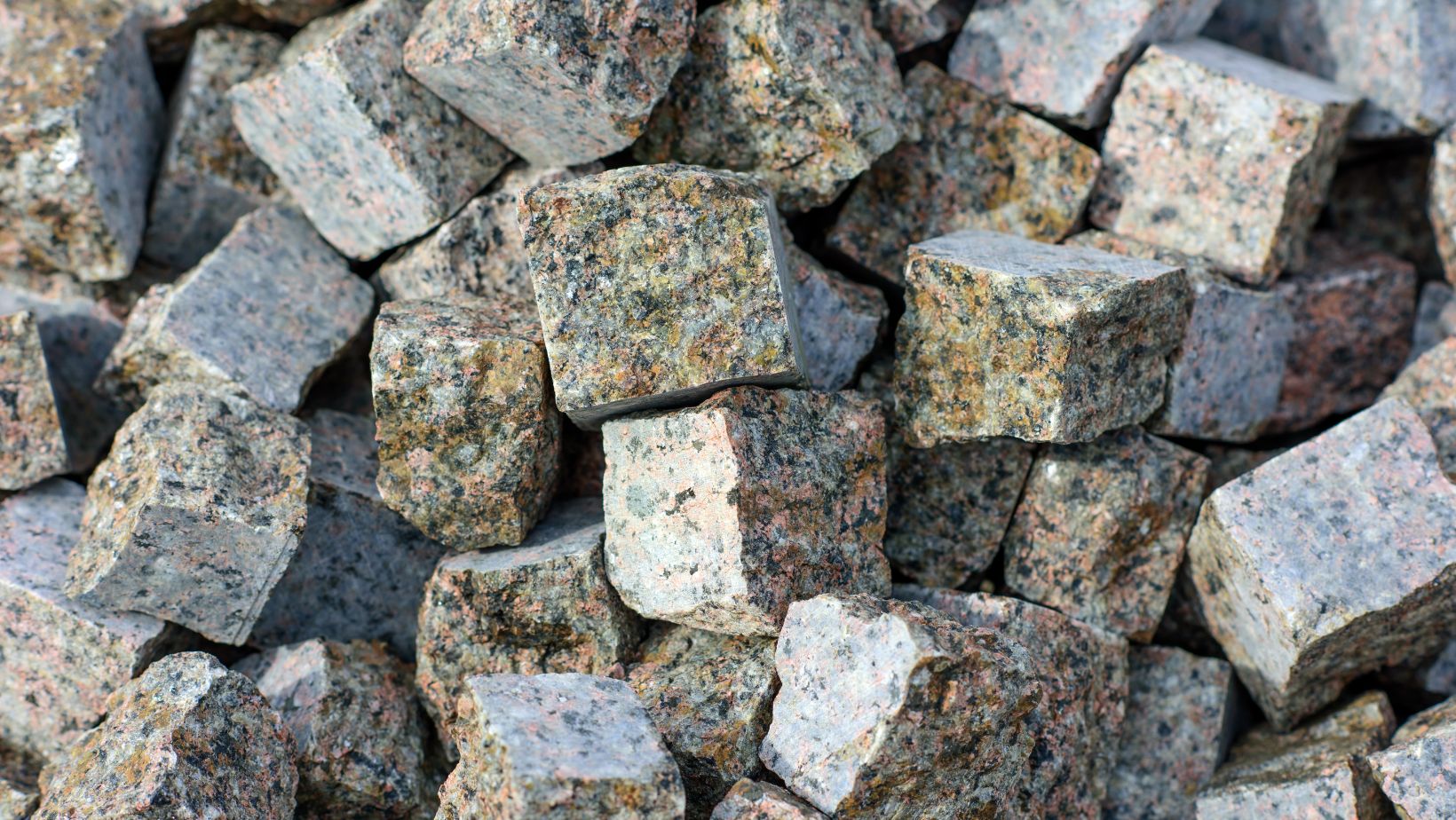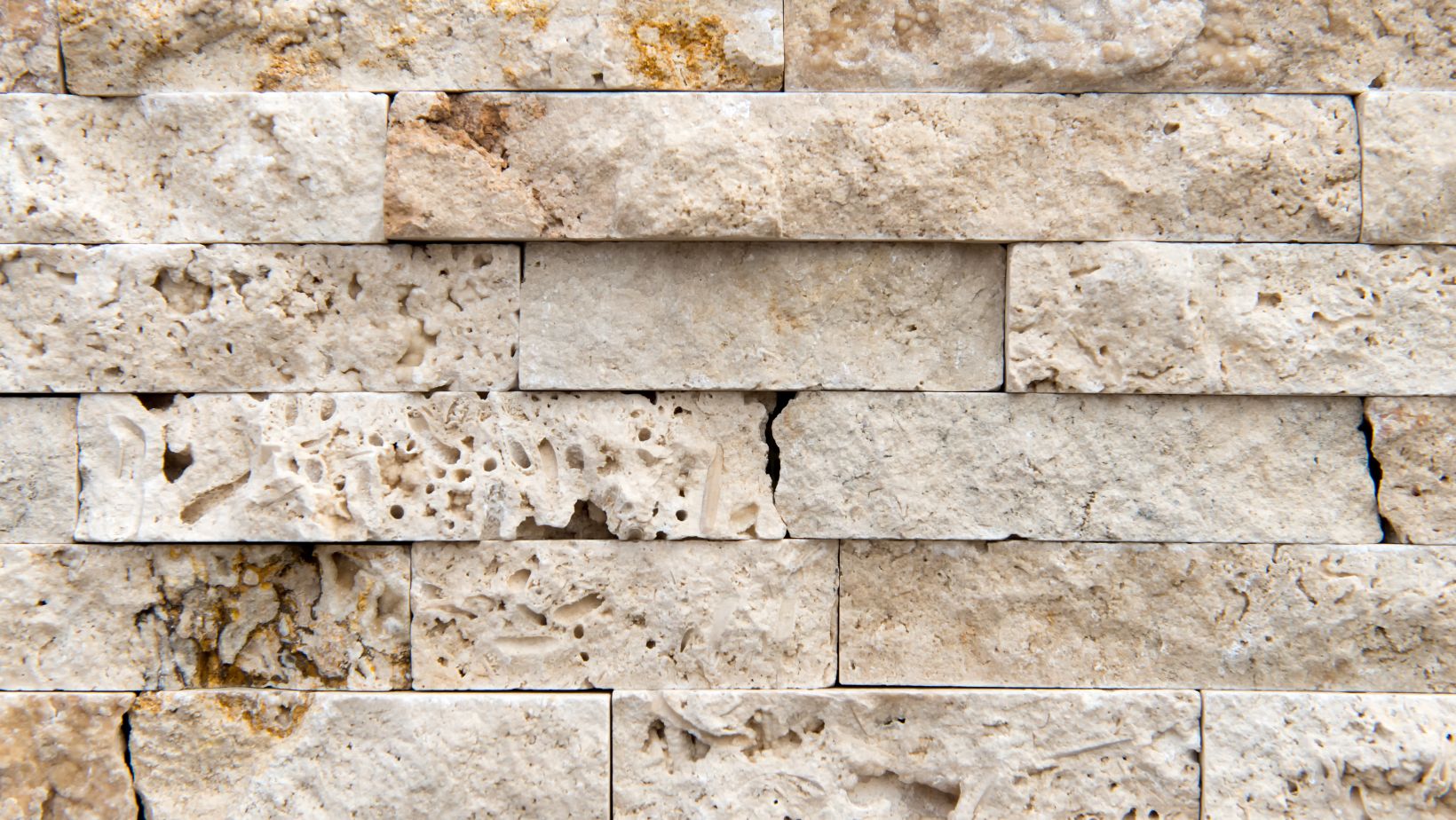
Stone cladding stands out as a key option for building structures that will last. If you want to learn more about stone cladding and why it is a popular construction finish, you’re in the right place.
Aesthetics of Stone Cladding
Stone cladding easily improves the look of any building because of its natural beauty. The textures, colors, and patterns that come naturally in stones give them a charm that will never go out of style.
Adding stone cladding to a building takes its looks to a whole new level, whether it’s the rough beauty of slate or the warm tones of sandstone.
Architectural Versatility
One amazing thing about stone cladding is that it can look great with many different types of architecture. With its natural look, stone cladding can be used to decorate both modern skyscrapers and cute cottages.
Because of this, it’s popular with architects who want to make buildings that are both beautiful and unique.
Durability and Longevity
Stone cladding acts as a formidable shield against the elements. Unlike some building materials, it stands strong against the relentless forces of nature, including UV radiation, temperature fluctuations, and inclement weather. This resilience is a testament to the enduring quality of stone cladding.
Structural Integrity
Beyond its aesthetic appeal, stone cladding contributes significantly to the structural integrity of buildings. The added layer of natural stone provides an extra shield, enhancing the overall durability of the structure.
Historical structures adorned with stone cladding stand as living proof of their ability to withstand the test of time, attesting to the enduring strength it imparts to buildings.
Low Maintenance Requirements
Stone cladding is a low-maintenance option for people who want a simple solution to improve the exterior of their home. Maintaining and cleaning stone-clad surfaces doesn’t take much work.
Mild soap and water can be used to regularly clean the front of the house, saving the owners time and money in the long run. Practically, that stone cladding is easy to maintain, adding to its appeal.
Sustainability of Stone Cladding
Choosing stone cladding aligns with environmentally conscious construction practices. Natural stone is a sustainable resource that can be responsibly sourced, and its use in construction minimizes the environmental impact associated with other materials.
Energy Efficiency

Stone cladding also contributes to energy efficiency in buildings. The natural insulating properties of stone help regulate indoor temperatures, reducing the need for excessive heating or cooling.
This energy-efficient quality enhances the comfort of living spaces and reduces energy consumption, making stone-clad structures environmentally and economically prudent.
Cost-Effectiveness
Some people might think that stone cladding is expensive at first, but it actually pays for itself over time. Because stone cladding lasts a long time and is durable, it costs less to maintain and fix.
When you think about the long-term benefits, the initial costs are a good investment in the building’s durability and looks.
Application in Different Settings
Stone cladding extends its charm in various settings with its transformative qualities.
Residential Applications
Stone cladding finds widespread use in residential settings, enhancing homes’ visual appeal and durability. Natural stones are available for homeowners to choose from when making a unique and long-lasting front door.
Commercial and Public Spaces
Beyond residential use, stone cladding has gained popularity in commercial and public spaces. The demand for stone-clad exteriors in malls, offices, and public buildings continues to rise due to its ability to create a distinguished and attractive ambiance.
Stone cladding’s adaptability makes it a go-to choice for architects aiming to make a bold statement in various urban landscapes.
Types of Stone Cladding Materials
When it comes to stone cladding, the beauty lies in the technique and the diverse array of materials available. Each type of stone brings its unique character to a structure, offering a range of textures, colors, and visual appeal.
Natural Stone Cladding
Natural stone cladding is like bringing a piece of nature into your construction project. It includes various types of stone, such as limestone, granite, slate, and sandstone. Each of these stones has distinct characteristics that contribute to the overall aesthetic of the cladding.
Limestone
Limestone cladding exudes a classic, timeless charm. Its muted tones, ranging from beige to gray, make it a versatile choice for both traditional and modern designs. The natural patterning in limestone adds an elegant touch to any facade.
Granite
If durability is a priority, granite stone cladding is an excellent choice. Known for its strength and resistance to wear, granite brings a sense of sturdiness to the cladding. The color spectrum varies widely, offering options from deep blacks to light pinks.
Slate
Slate stone cladding is all about rustic charm. Its fine-grained texture and earthy tones, including green, blue, and gray shades, give a rugged yet sophisticated appearance. Slate is often chosen for its ability to add character to indoor and outdoor spaces.
Sandstone
Sandstone cladding is a favorite for its warm, desert-like hues. Ranging from yellows and browns to reds, it brings a natural warmth to facades. Sandstone is celebrated for its porous surface, allowing unique patterns and textures.
Manufactured Stone Cladding
For those who desire the look of natural stone but prefer a more controlled and uniform appearance, manufactured stone cladding, also known as cultured stone, is an excellent alternative.
Concrete-based

Concrete-based manufactured stone cladding offers versatility in design and color. It can mimic the appearance of various natural stones while providing a cost-effective and lightweight alternative. The controlled manufacturing process ensures consistency in texture and color.
Polyurethane-based
Polyurethane-based manufactured stone cladding combines aesthetics with ease of installation. It is lightweight and easy to handle, making it a popular choice for DIY projects. The material is resistant to weathering and provides a durable finish.
Brick Veneer Cladding
While not technically stone, brick veneer cladding is worth mentioning for its widespread construction use and ability to evoke a timeless, classic charm.
Traditional Clay Bricks
Traditional clay bricks in brick veneer cladding offer a classic and enduring appearance. The warm tones and varied textures of clay bricks bring a sense of history to a building, making it a popular choice for residential and commercial applications.
Thin Brick Veneer
Thin brick veneer looks like traditional brick but in a slimmer profile. This type of cladding is lightweight and offers flexibility in design. It’s an excellent option for those who appreciate the aesthetic of brick but seek a more contemporary feel.
Nature Meets Architecture
Stone, made by nature over thousands of years, brings the outdoors into interior spaces. For more than just its useful uses, stone cladding gives buildings their unique style, combining the timeless beauty of nature with the efficiency of construction.















